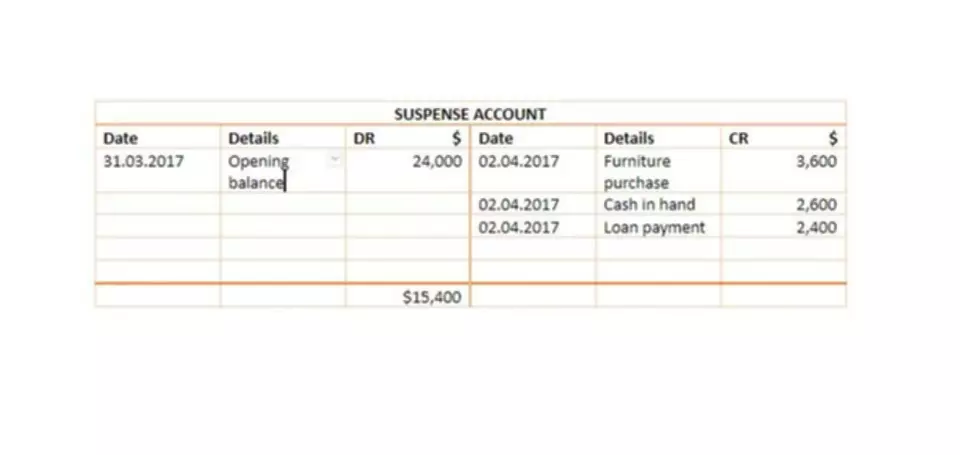Content

Now this entry needs to be reconciled as well, with a credit to your cash balance account of $5,000. Now you need to offset the accounts payable credit in your balance sheet, so you can record an entry in your asset account for the vendor that sold you the materials. For example, if a company purchases goods for $780, it will record a $780 credit under accounts payable, and a $780 debit to the expense account. Once the company has paid the invoice, it will debit accounts payable by $780, and record a $780 credit to cash. A notes payable account is used to record incoming and outgoing transactions from financial institutions, while an accounts payable account is used to keep track of the purchase of goods and services.
What are the 3 types of liabilities?
Liabilities can be classified into three categories: current, non-current and contingent.
Accounts payable liability is typically managed by issuing invoices to customers and then paying the invoices when they are due. To make the best use of this strategy, you need strong visibility into procurement activities, and a granular understanding of your current liabilities. Wages Payable is a liability liability accounts account that reports the amounts owed to employees as of the balance sheet date. Amounts are routinely entered into this account when the company’s payroll records are processed. A review of the details confirms that this account’s balance of $1,200 is accurate as far as the payrolls that have been processed.
How does Accounts Payable become a Long Term Liability?
However, during the month the company provided the customer with $800 of services. Therefore, at December 31 the amount of services due to the customer is $500. It is unusual that the amount shown for each of these accounts is the same.
The same works for you as an individual when it comes to things like your mobile phone bill, or streaming subscription. These are services you receive on the promise that you’ll pay for them later, typically in a 30-day billing cycle. And just like with your business, if you don’t pay your bills on time, you run the risk of discontinued service, additional fees and strained vendor relationships. Debits mean the subtraction of an amount from a specific account, while a credit means an addition to the account. If something is added to the liabilities account, that’s a credit to that account.
What is the best way to manage Accounts Payable Liability?
Striking variations on an income signal that a company’s finance team may need to make changes or adjustments, including switching suppliers, revising prices, or slashing the budget. Whether you’re an accounting student, https://www.bookstime.com/articles/purchases-journal a recent college grad, or a small business owner, you may have questions about what accounts payable is, how it works, and best practices. Note when each of the invoices is due chronologically in order of due date.

Accrued expenses are expenses that you’ve incurred, but not yet paid. Accounts payable are liabilities that represent the purchase of goods or services that a business has not yet paid for. Debits and credits, then, are a large part of a double-entry accounting system and it’s critically important to get these right or else your balance sheet won’t accurately reflect your financials.






